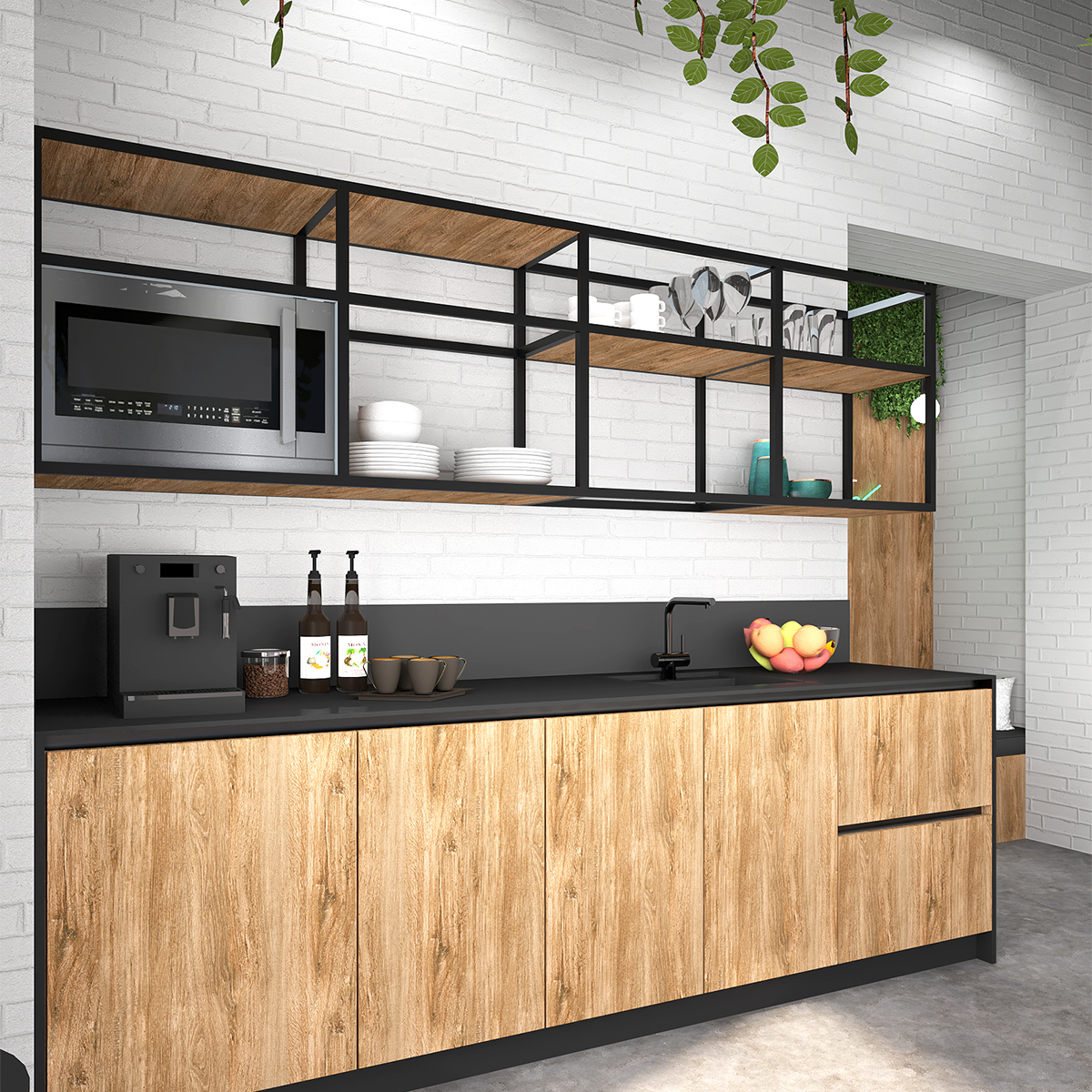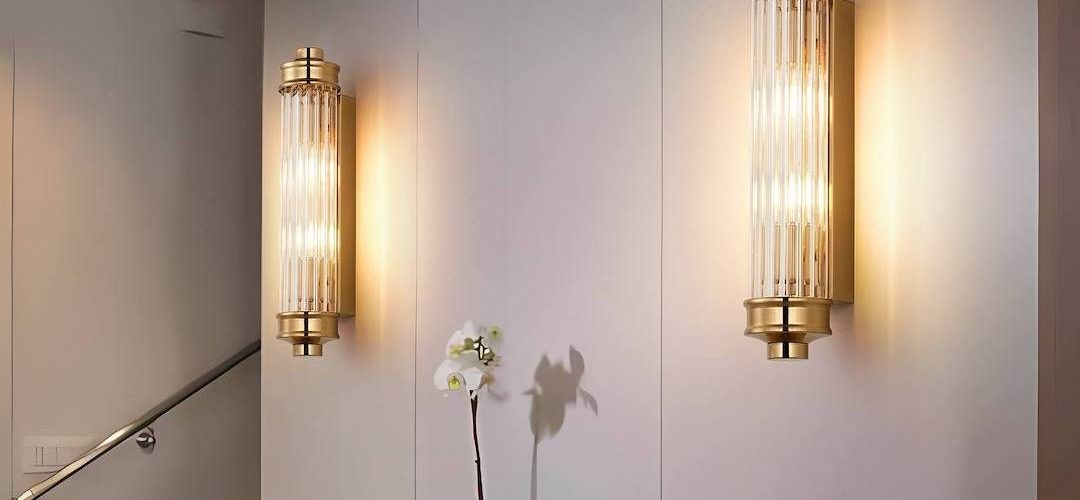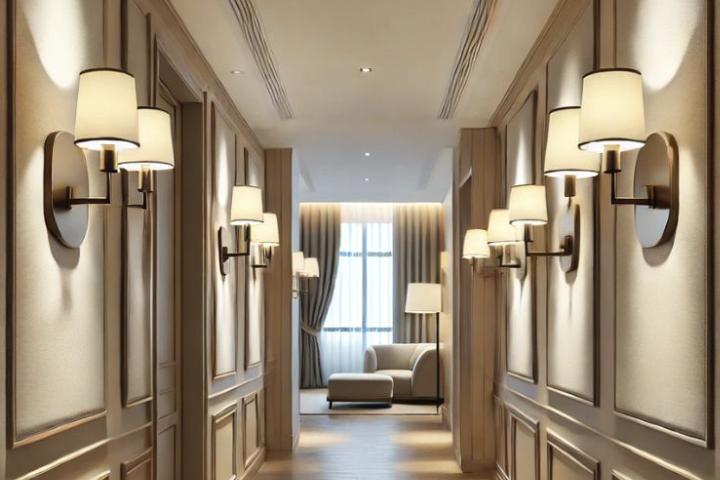
Reviving the Past to Envision the Future: Exploring Retro Futurist Design
Introduction
Retro futurist design is a unique aesthetic that combines elements of the past and the future. It is a futuristic vision that draws inspiration from the early 20th century, imagining what the future could have looked like. This design movement gained popularity in the 1960s and 1970s, with artists and designers creating a range of retro futuristic visions. In this article, we will explore the concept of retro futurist design in detail.
History of Retro Futurist Design
Retro futurist design emerged in the mid-20th century as a response to the rapid technological advancements of the time. It drew inspiration from the art deco and streamline moderne styles of the 1920s and 1930s, imagining what the future would look like if these design styles were fused with advanced technology.
One of the earliest examples of retro futurist design was the Futurama exhibit at the 1939 World’s Fair. Designed by Norman Bel Geddes, it showcased a vision of a utopian future, complete with sleek buildings and advanced transportation systems.
Retro futurist design gained popularity in the 1960s and 1970s, with movies such as 2001: A Space Odyssey and TV shows like The Jetsons showcasing futuristic designs that incorporated elements of the past.
Elements of Retro Futurist Design
Retro futurist design is characterized by a variety of elements. One of the most notable is the use of streamlined designs, which emphasize efficiency and functionality. This can be seen in the sleek, aerodynamic shapes of cars, appliances, and buildings.
Another important element is the use of bold, bright colors, often combined with metallic finishes. This creates a sense of modernity and futurism, while still evoking the optimism of the past.
Retro futurist design also often features asymmetrical designs, unusual shapes, and unexpected angles. This creates a sense of playfulness and experimentation, as designers push the boundaries of what is possible.
Retro Futurist Design Today
While retro futurist design was most popular in the 1960s and 1970s, it has recently experienced a resurgence. Many contemporary artists and designers have been drawn to the aesthetic, creating new works that incorporate retro futurist elements.
One example of this is the work of Swedish artist Simon Stålenhag, whose paintings feature futuristic landscapes filled with old-fashioned buildings, vehicles, and technology. Another example is the French design duo Zim&Zou, who create retro futuristic works out of paper, bringing a tactile quality to the aesthetic.






